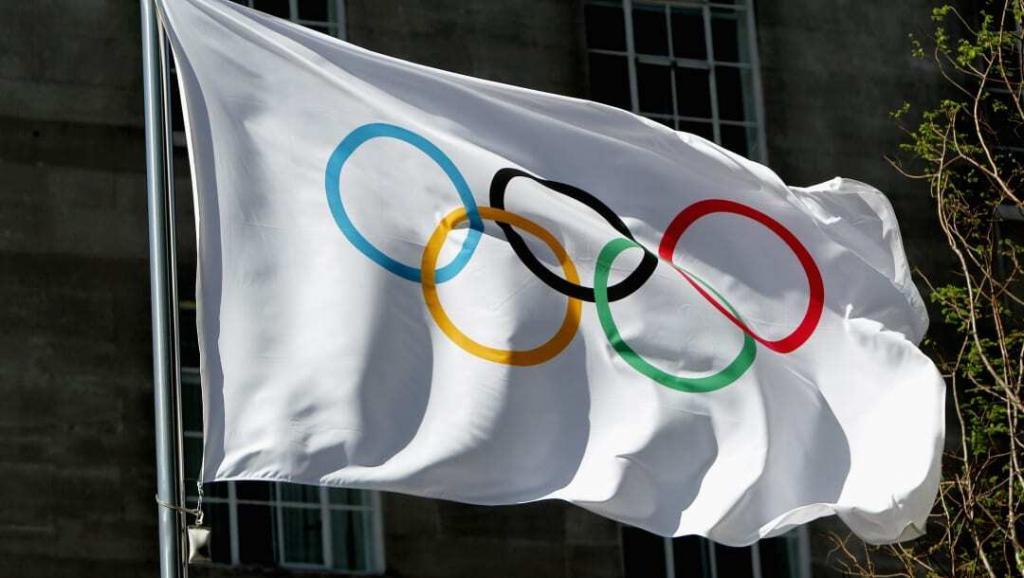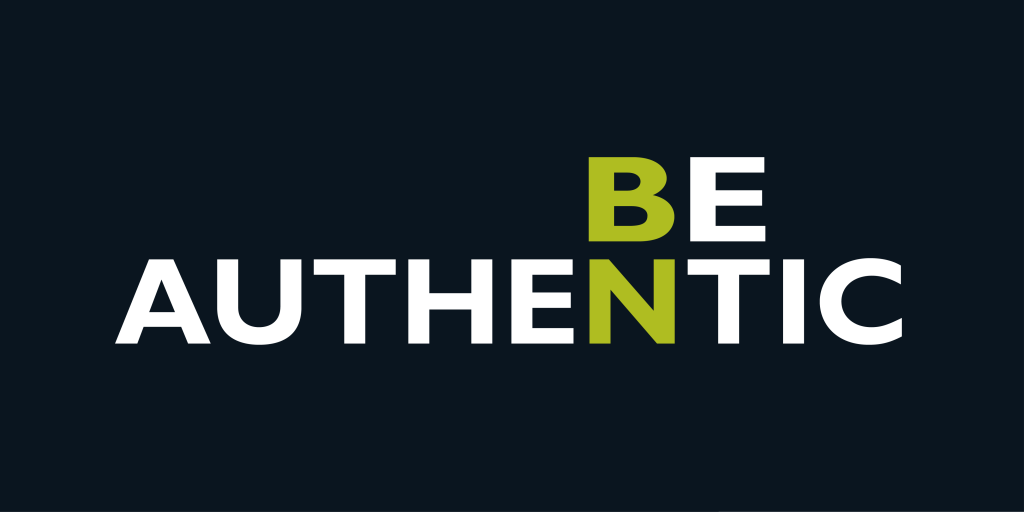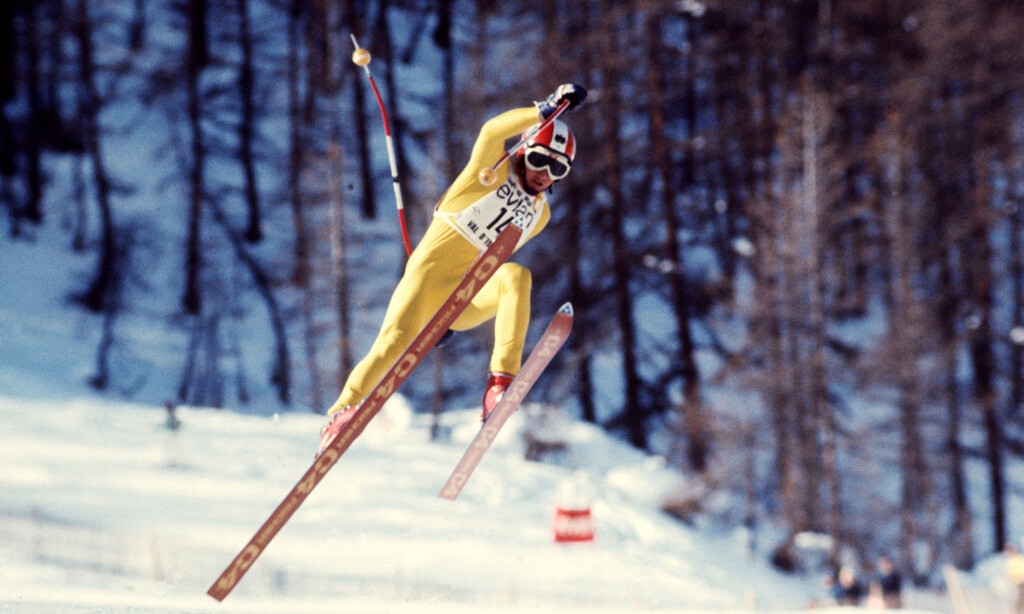![]()

In the world of sports marketing one event rises above the competition in terms of branding and worldwide audience appeal… the Olympics.
If you’re thinking of sponsoring a sporting event, signing an athlete as as spokesperson, or marketing your own sporting event, you can learn a lot by studying what the International Olympic Committee does.
Every two years there’s a massive new event to be planned, a venue to be built, and a sub-brand to be designed and marketed.
No other brand in sports marketing can match the symbolic power of those five, multi-colored Olympic rings. One could argue that the Olympics, in fact, is one of the world’s strongest, most meaningful brands. Here’s why:
• Differentiation: The Olympics are dramatically different than any other sporting event.
If you’re marketing any kind of event it better be differentiated from all the other events that are vying for people’s time and attention.
The Masters at Augusta National is different than any other golf tournament. The IronMan Triathalon is different than any other endurance race. LeMans is different than any other car race. And the Olympics are compellingly different:
• More variety. There’s something for everyone during the two-week span of the Olympics, from mainstream running events and soccer games to exotic, high-adrenalin sports like skeleton and common household games like badminton and table tennis. There’s something uniquely engaging about watching garage games performed at such a high level. Everyone’s played ping pong, but not like they do in the Olympics.
• The Olympics are less commercial than other mega-events like the Superbowl or the soccer World Cup. There’s no on-field branding allowed in the Olympics. Even though they pay hundreds of millions for sponsorship rights, you’ll never see a giant VISA banner hung behind the medals stand at the track, or along the boards in the figure skating arena. And the athletes aren’t plastered with logos, ala-Nascar.
• Authenticity: Branding the Olympics so they mean something beyond just winning.
Five, multi-colored, interlocking rings. That’s the official mark of the games that dates back to 1920. As the Olympic Charter states, the rings “represent the union of the five continents and the meeting of athletes from throughout the world at the Olympic Games.”
That’s the literal interpretation of the Olympic logo. But the brand goes much deeper than that.
 Olympic competitors take an oath. They swear to uphold the tenets of the Olympic charter and willingly pee in a cup after every event.
Olympic competitors take an oath. They swear to uphold the tenets of the Olympic charter and willingly pee in a cup after every event.
They willingly put their own, personal gains aside for two weeks and compete for their countries “in the spirit of friendship and fair play.”
It may seem a little cheesy, a little old fashioned, but that’s a central theme of the Olympic brand. Even though the line between amateur sports and professional sports is now blurred, it’s still relatively pure.
Especially in the winter games. (Even in Canada there can’t be much money in curling.) There are professional track athletes who switch to Bobsled in the winter, just to have a chance at achieving their dream of competing in the Olympics.
The authenticity is obvious in post-event interviews… The athletes are less rehearsed and obviously passionate about their sports, and about the Olympics. You don’t get those canned, banal responses like you do in the NBA or NFL.
At The Games, the Olympic brand always takes precedent over any other type of branding, personal or corporate. So even when you have NHL and NBA stars competing in the Olympics, it’s not about them or their sponsors. It’s about The Games.
You’ll often hear brand managers and consultants talking about “core brand values” and the underlying meaning of great brands. Well, the Olympic Brand means much more than just medal counts and TV ratings. It’s not just winners and losers. It’s national pride and the triumph of the human spirit. It’s the intangible “spirit of the games” that makes it riveting for the audience, and desirable to the corporate world.
The 2012 London games was the most-watched television event in U.S. history. 40 million Americans watched the opening ceremonies, and NBC’s primetime broadcast averaged 31.1 million viewers a night for a total of 219.4 million viewers. Worldwide, the estimated number was 900 million viewers, according to Reuter’s.
By comparison, the most-watched Super Bowl was the 2015 match up between the New England Patriots and Seattle Seahawks. That game drew 114.4 million viewers in the U.S., and an estimated 30-50 million internationally.
In the last 20 years the price tag for an Olympic sponsorship has risen dramatically. NBC paid $775 million for the Sochi games alone, $4.38 Billion for the Olympic broadcast rights through 2020.
No other sporting event commands that kind of attention in the corporate marketing world. You could argue it’s the most desirable brand affiliation on earth. Companies are clamoring to hang their hats on those Olympic Rings.
• Brand Credibility: A gold-medal history of unscripted, authentic storylines of ordinary people.

It’s always interesting when superstars like Tom Brady or LeBron James win another championship. But those guys are from another planet.
Olympic athletes, and their stories, are far more relatable and compelling for the average Joe or Mary at home.
At the Olympics you find ordinary people pursuing their favorite sports, not for the hundred million-dollar endorsement deals, but for the pure sense of personal accomplishment.
At The Olympics the narrative remains consistent: National pride. Lifelong dreams of glory. Individual triumph over adversity.
Every night for two weeks there are new characters, new story lines, new scenic backdrops, new drama. It’s heroes and underdogs, great feats of strength and stamina juxtaposed with delicate dance moves and tears of joy.
As the San Jose Mercury News put it, “it’s the ultimate reality show.” And we eat it up. It’s human nature.
But not every Olympic story is positive. There has been plenty of heartbreak and unfortunate mishaps in the Olympics over the years… Terrorism in Munich in 1972. The Soviet boycott of the Los Angeles games in 1984. The Tanya Harding thing in 92. A bomb explosion in Atlanta in 1996.
The 2010 Vancouver Games started with a fatal crash in during luge training. And now, for the first time since World War II, a complete postponement of the Games, thanks to COVID 19.
 But every time the Games suffer a set-back, the Olympic brand bounces back. The brand is perched on such a high pedestal around the world, it’s almost bullet proof.
But every time the Games suffer a set-back, the Olympic brand bounces back. The brand is perched on such a high pedestal around the world, it’s almost bullet proof.
Here’s an example: In 1995, the IOC awarded Salt Lake City the Winter Games for 2002. As it turned out, the decision was fixed. IOC members had taken millions of dollars in bribe money. As a result, the top leaders of the Salt Lake Olympic Committee resigned. Ten members of the IOC were expelled and 10 more were sanctioned.
But the Olympics rose above the fray. By the time the Salt Lake Games commenced the scandal was all but forgotten. Organizers actually raised the price of corporate sponsorships 30 percent.
• Branding The Olympics — how the games remain relevant after more than 100 years.
There have been hundreds of iconic moments in the history of the modern Olympic Games. Jesse Owens winning Gold in Berlin, in 1936, with Hitler in the stands. Micheal Phelps, with 23 gold medals. The U.S. win over Russia in hockey in 1980.
The stories are what keep the games relevant.
I’m a big fan of the Winter Olympics. I got hooked as a boy when Franz Klammer made his infamous, gold medal downhill run at the Innsbruck Games, and I’ve been watching ever since.
Back then, Klammer’s gold medal run in the downhill was the biggest thing in adrenalin sports. But these days, you have the X Games, all sorts of hair-raising Red Bull events and a constant barrage of edits on YouTube to pull attention away from Olympic sports.

The Olympics has adapted, and upped its game to keep pace. They added snowoarding events and freestyle jumping, and wisely cut some of the most boring stuff, like the compulsary figures in ice skating.
No doubt about it, there’s plenty of danger in the Olympics.
Try plunging head first down an icy, serpentine track on a sled, at 70 miles per hour, like they do in the Skeleton competition.
Try throwing a quadruple-twisting triple flip on skis.
But that’s not what draws so many viewers or corporate sponsors year after year. It’s the mix of danger and artistry. The skill of an archer and the brute strength of a weight lifter. It’s the juxtaposition of a 7-foot basketball player parading in next to a tiny little gymnast. It’s small, African nations contending with the big, powerhouse countries.
That’s why the Olympic brand is what it is.
![]()
For more marketing lessons on brand credibility, try this post on the Brand Insight Blog.
